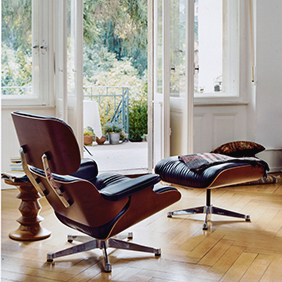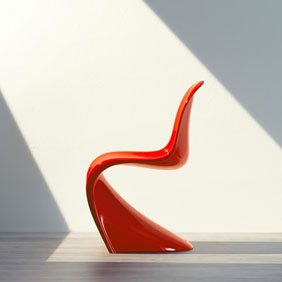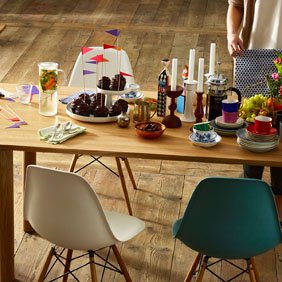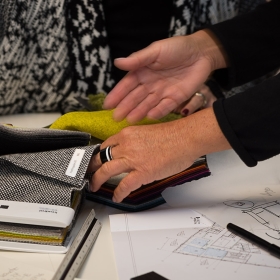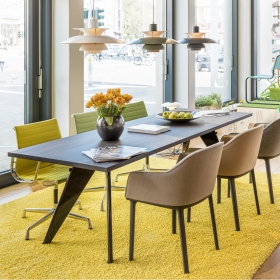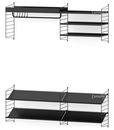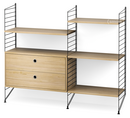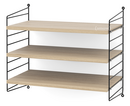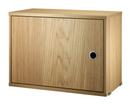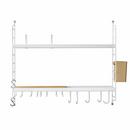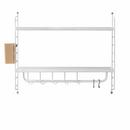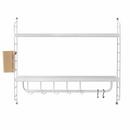Kajsa and Nisse Strinning
Kajsa Strinning and Nisse Strinning
The architect couple Kajsa (1922-2017) and Nisse Strinning (1917-2006) gained fame through the design of the String system, which is now an absolute must have for design lovers and enjoys a global renown.
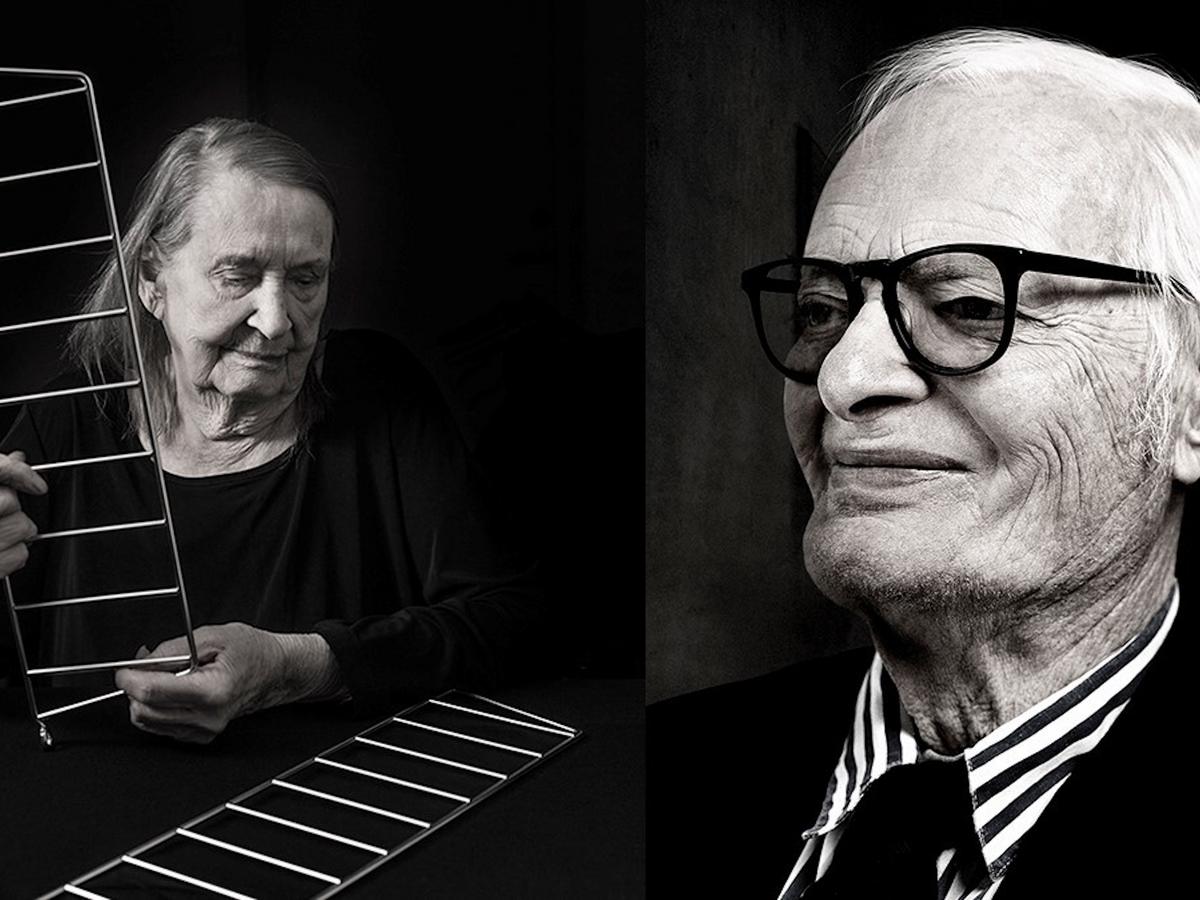
Kajsa and Nisse Strinning
The story of String begins with a competition organised in 1949 by the Swedish publisher Bonniers folkbibliotek for the design a bookshelf. The specifications were clear: the bookcase should be affordable, easy to ship and easy to assemble - characteristics that continue to account for the continued success of the String shelving system today. Nisse Strinning had already made a name for himself while studying architecture at the Royal Institute of Technology in Stockholm with a simple draining rack made of plastic-coated metal wires called Elfa. For the competition, Kajsa and Nisse Strinning worked on the design and developed an entire shelving system with various functional elements and accessories. Their design won the competition and quickly became a success. As early as 1954 String received the first international design prize with a gold medal at the Milan Triennale.
With the companies String Design AB and Swedish Design AB, founded in 1952, Nisse and Kajsa Strinning designed many pieces of furniture that have lost none of their relevance today thanks to their interplay of aesthetics and function. Kajsa Strinning's role has long been underestimated, although she in particular documented the Strinnings' work through construction drawings and ensured that design ideas were developed and refined.


